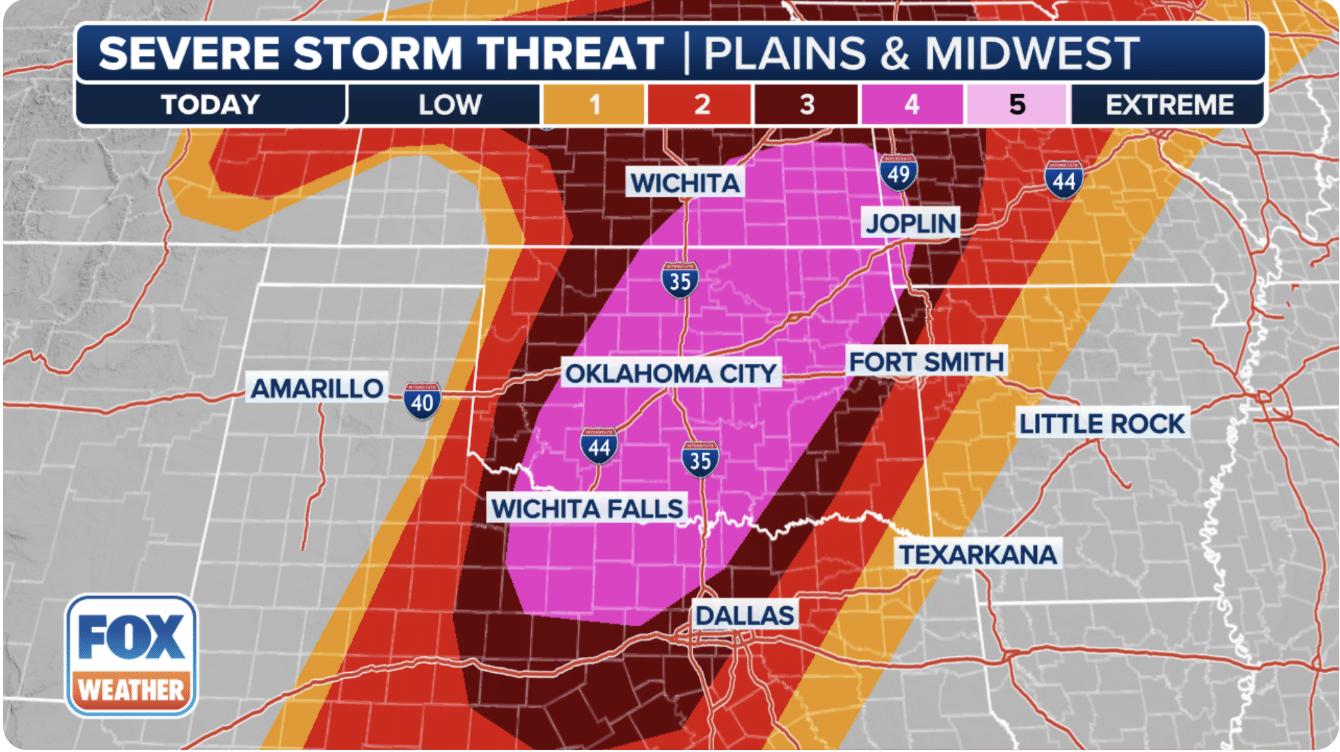Food prices have been on the rise in the past few months. And rice, a staple food in much of Asia, could be next, industry watchers said. According to CNBC, The prices of many foods, ranging from wheat and other grains to meat and oils, have shot up.
That’s been driven by a slew of factors, including the rising cost of fertilizer and energy in the past year as well as the Russia-Ukraine war. Food export bans or serious disruptions have included those from India (wheat), Ukraine (wheat, oats, and sugar, among others), and Indonesia (palm oil).
Rice could be next in line. The United Nations’ Food and Agriculture Organization Food Price Index already shows international rice prices creeping up for the fifth straight month to reach a 12-month high, according to the latest May data published last week.
To be sure, rice production is still bountiful, experts said. But rising wheat prices, and the generally higher costs of farming, would make rice prices worth monitoring next. “We need to monitor rice prices going forward, because rising wheat prices could lead to some substitution towards rice, increasing demand and lowering existing stocks,” said Sonal Varma, chief economist at Japanese bank Nomura.
Protectionist measures “actually worsen price pressures at a global level for various reasons,” she told CNBC’s “Street Signs Asia.” Feed and fertilizer costs for farming are already rising, and energy prices are adding to freight costs, she added.
“So there is a risk that we see more protectionism from countries,” said Varma. Nevertheless, she maintained that risks to rice are still low as global rice inventories are ample and harvests in India are expected to be good this summer. FULL REPORT


















